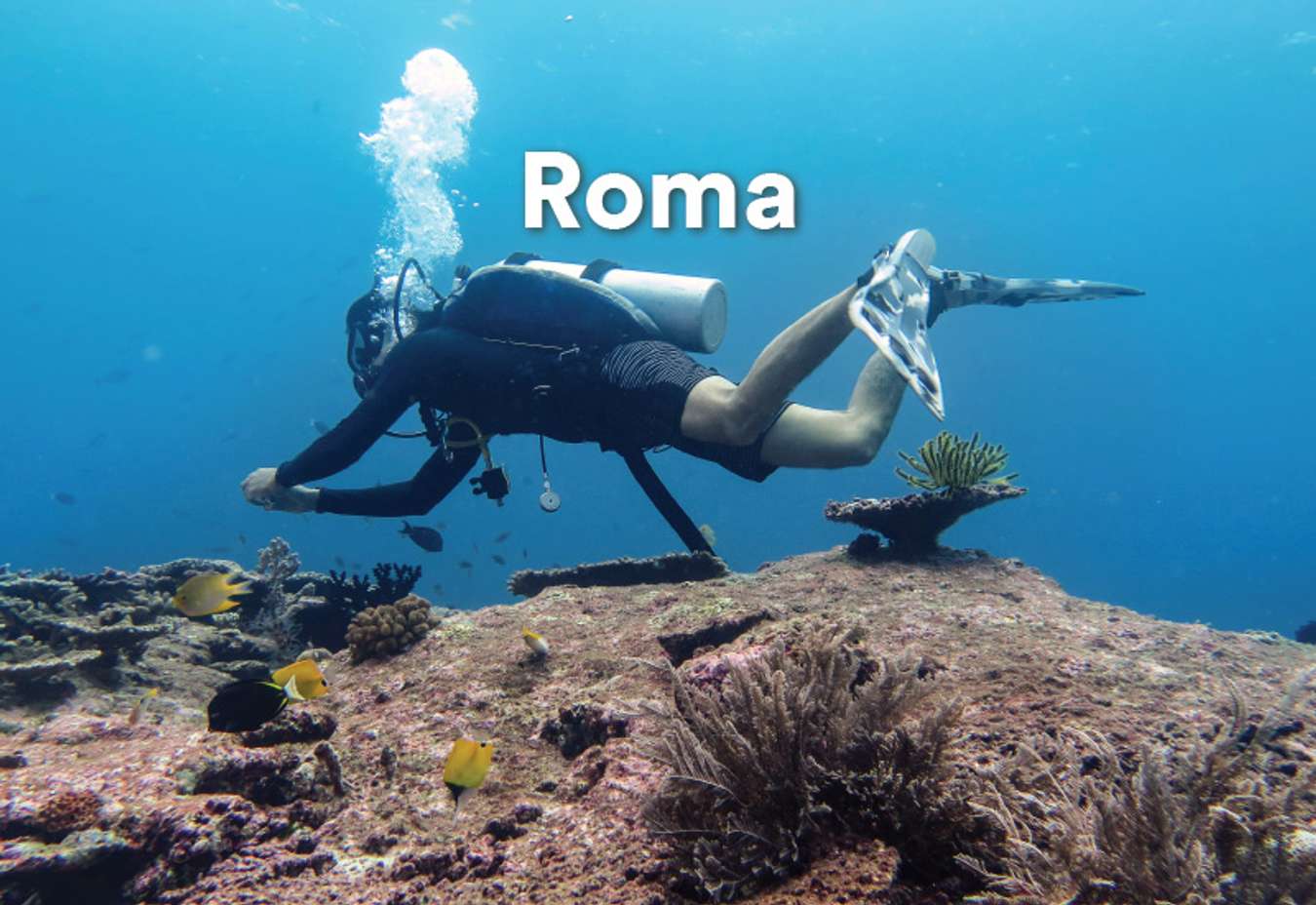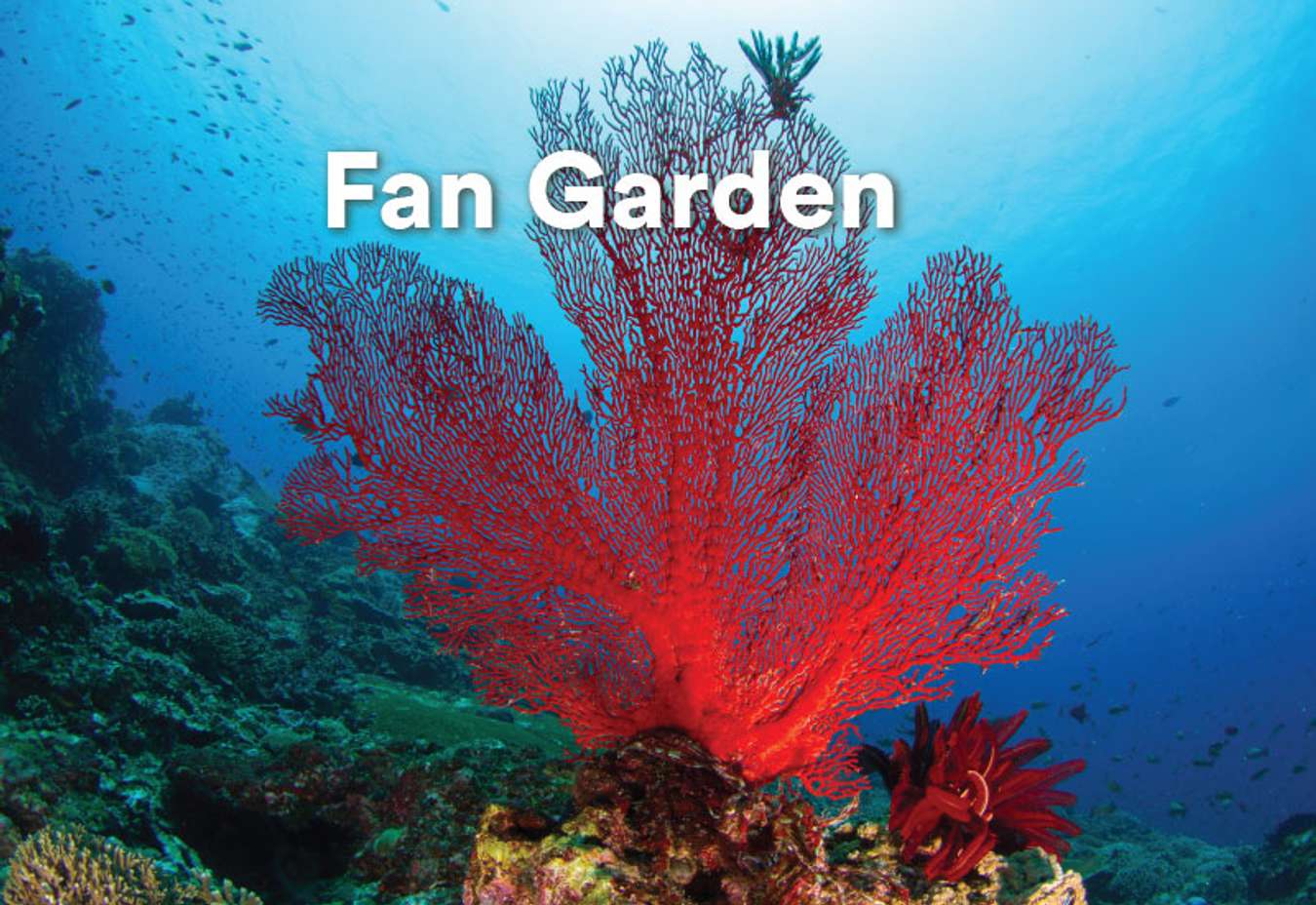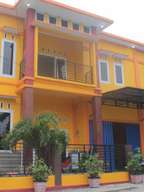Reno Nismara
22 Aug 2019 - 5 min read
Into the Wondrous Waters of Wakatobi
with Marshall Sastra
With 50 diving spots, 750 out of earth’s 850 coral species, and nearly 1000 species of fish, there is no denying the riches of Wakatobi’s marine life, all spread across an astounding 1.39 million hectares.
In 1996, the Indonesian government officially granted the area national park status, and today this small archipelago in southeastern Sulawesi has become a go-to destination for discerning divers. Not just out at sea, its main islands also offer wonders to enjoy for those looking to catch their breath from a day of diving.
Together with Marshall Sastra, host of Trans TV’s My Trip My Adventure program, Traveloka explores the endless beauty of Wakatobi.
The Islands of Wakatobi
The name Wakatobi itself is an acronym for the four main islands that make up the region: Wangi-Wangi, Kaledupa, Tomia, and Binongko. Each of these islands present their own charm, from the best sunset viewing spots, a savanna that overlooks the sea, to a natural bath amidst a mangrove forest.




Wakatobi's Underwater Wonders
Wakatobi is a paradise for divers. From the many dive sites around the region, these four stand out with their own unique characteristics.




Where to Stay?
Wasabi Nua Hotel & Resto
A favorite among many hotels in Wangi-Wangi, this is also a perfect location to watch the sun sets.

Wasabinua Hotel and Resto

8.2
•

Jl. Poros Sumbu Bandara No. 5, Wandoka Utara, Wangi-Wangi
Starts from Rp240.000/night
Wakatobi Patuno Diving & Beach Resort
This resort is suitable for those looking for a quiet stay away from any hustle and bustle.

Wakatobi Patuno Diving and Beach Resort

8.2
•

Jl. Ir. Soekarno No. 1, Patuno, Wangi-Wangi, Wakatobi
Starts from Rp512.050/night
Sinar Harapan Tomia Hotel
The perfect choice for tourists who are looking for accommodations closer to dive sites on Tomia Island.

Sinar Harapan Tomia Hotel

Jl. Patipelong, Usuku, Tomia Timur, Wakatobi
Starts from Rp200.000/night
Transportation
Getting to Wakatobi by Plane
To visit Wakatobi, you can travel by plane to Matahora Airport on Wangi-Wangi Island. Generally, your flight will make two stops prior, first at Hasanuddin International Airport, Makassar, and then at Haluoleo Airport, Kendari. Garuda Indonesia and Wings Air both have routes flying to Wakatobi.
Getting Around Wangi-Wangi Island
Visiting the Islands or Dive Sites Around Wakatobi
With wooden boat
Duration: 6 hours/day for 3 days
Price: Rp15.000.000 – Rp20.000.000
Capacity: 15 – 20 people
With speedboat
Duration: 3 hours/day
Price: Rp250.000/person
Capacity: 8 people
Note: only available from 06:00 – 10:00
With small boat
Duration: 1 day
Price: Rp350.000 – Rp500.000
Capacity: 10 – 15 people
Note: you can also rent the boat for one-way trips for Rp100.000 – Rp150.000
Infographic



 Facebook
Facebook Instagram
Instagram TikTok
TikTok Youtube
Youtube Twitter
Twitter Telegram
Telegram WhatsApp
WhatsApp
